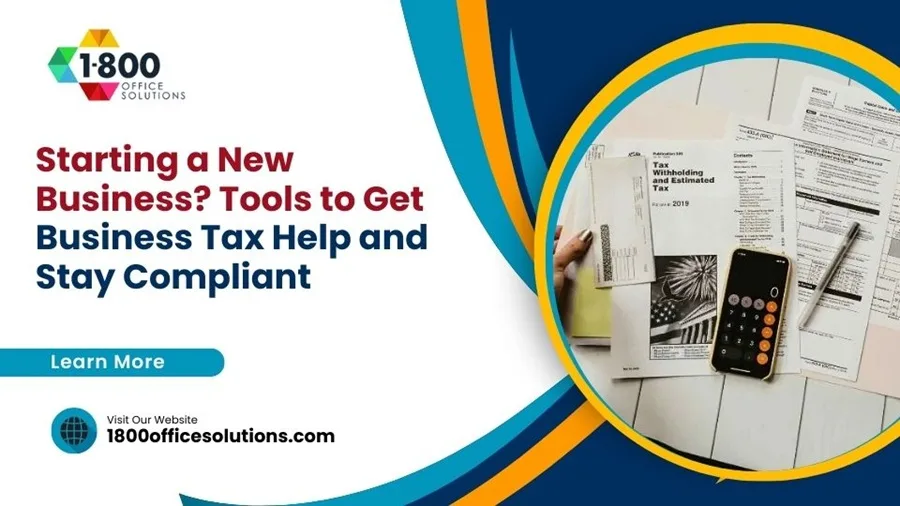Improving Office Network Security with SOCKS5 Proxies
Every digital interaction exposes organizations to potential risks, whether it’s phishing attempts, data breaches, or unauthorized access. One effective way to enhance office network defense is through the use of SOCKS5 proxies, which provide an extra layer of protection while also supporting business-critical tasks such as secure data handling, traffic management, and access control.
How SOCKS5 Proxies Fortify Office Network Security
Understanding the Role of SOCKS5 Proxies
SOCKS5 is a versatile Internet protocol designed to route network traffic through a proxy server. Unlike earlier versions, it supports both TCP and UDP connections, making it suitable for a wide range of applications, including file transfers, streaming, and secure browsing. By masking internal IP addresses, SOCKS5 proxies reduce the chances of exposure to malicious actors.
This form of anonymization is especially valuable in office networks where multiple users access external platforms daily. Whether employees are conducting research, managing social media, or performing analytics, SOCKS5 helps ensure sensitive company data remains protected from unauthorized surveillance. For organizations dealing with competitive industries, proxies also prevent data tracking by third parties.
Strengthening Office Network Security
Corporate networks are attractive targets for cyberattacks because they often contain financial records, client data, and intellectual property. Traditional security measures such as firewalls and antivirus software are critical, but they may not be sufficient against advanced threats. Integrating proxies into network infrastructure provides a robust defense strategy.
SOCKS5 proxies act as intermediaries, preventing direct connections between internal devices and the wider internet. This setup decreases the likelihood of direct attacks while improving oversight of outgoing and incoming traffic. By controlling these connections, businesses can mitigate risks associated with malware, phishing attempts, and unauthorized access to company servers.
Benefits Beyond Security
While SOCKS5 proxies enhance security, they also offer practical benefits for organizations. For marketing agencies and SEO teams, they support scraping tasks, competitive analysis, and campaign verification without triggering IP-based restrictions. For e-commerce, they enable monitoring of competitor pricing and product availability without exposing business IPs. Development teams also rely on proxies to simulate user behavior from different regions or devices during testing.
These advantages position SOCKS5 as a flexible tool, useful for both protective measures and operational efficiency. By ensuring smoother workflows, companies can focus on growth while reducing the risk of service interruptions or data compromise. This dual role — security plus functionality — makes proxies a strategic investment.
Practical Applications in Office Environments
The versatility of SOCKS5 proxies makes them adaptable across industries. Offices using automated tools for data collection or customer engagement can rely on proxy networks to minimize account bans and maintain workflow consistency. Additionally, distributed teams benefit from secure, remote access to shared resources, ensuring that employees can collaborate without risking data leaks.
Beyond day-to-day operations, organizations that handle sensitive client information, such as financial services, healthcare providers, and law firms, can employ SOCKS5 proxies to comply with regulatory requirements and safeguard communications. In these scenarios, proxies act as both shields and enablers, allowing employees to work effectively while protecting critical information.
Key Advantages of SOCKS5 Proxies
Before deciding whether to adopt this technology, it’s important to understand the main benefits SOCKS5 proxies bring to office network security:
- protect internal IP addresses and maintain anonymity;
- reduce exposure to external threats and targeted attacks;
- enable secure remote work and access to company systems;
- support compliance with data privacy and industry regulations;
- improve reliability for automation, scraping, and analytics.
These strengths illustrate why many organizations now integrate proxy solutions into their broader cybersecurity strategies. The value lies not only in protecting networks but also in enabling reliable access to online resources without interruption.
Combining Proxies with Existing Security Tools
SOCKS5 proxies should not replace traditional network security measures. Instead, they complement existing frameworks such as VPNs, intrusion detection systems, and encrypted communications. By combining these tools, companies achieve layered protection, which is far more effective than relying on a single method.
Layered security ensures that even if one defense fails, others remain in place to safeguard the network. This approach also allows IT departments to monitor network behavior more efficiently and detect unusual patterns before they escalate. For example, anomalies in proxy traffic may highlight potential insider threats or compromised accounts.
Implementation Considerations
Adopting proxies within an office setting requires careful planning. IT teams must decide on the type (residential, mobile, or data center) that best fits their operational needs. Residential proxies often provide higher trust levels, while data center proxies deliver faster speeds for large-scale tasks. Mobile proxies, meanwhile, are useful for testing apps and services in real-world conditions.
Configuration is another important step. Proper setup guarantees that proxies align with internal policies while maintaining compliance with industry standards. Training employees on safe usage further strengthens the organization’s overall security posture. Without user awareness, even the most advanced tools cannot deliver full protection.
Overcoming Potential Challenges
While SOCKS5 proxies offer clear benefits, organizations should also be aware of potential challenges. Improper configuration can result in bottlenecks or reduced performance. Relying on low-quality proxy providers may expose networks to additional risks rather than solving existing ones. Businesses must ensure that they are integrated into infrastructure with monitoring and support in place.
Another consideration is balancing anonymity with accountability. While proxies mask IP addresses, companies must maintain internal logging to ensure compliance with internal policies and legal standards. This balance ensures both privacy and traceability when required.
Future-Proofing with Proxies
Cybersecurity threats are constantly evolving, and organizations must adapt to stay ahead. SOCKS5 proxies offer flexibility, allowing businesses to adjust their network defenses as threats become more sophisticated. By integrating proxy technology today, companies position themselves for long-term resilience in an unpredictable digital landscape.
As remote work expands and automation increases, the demand for reliable, secure, and scalable proxy solutions will continue to rise. Organizations that adopt early will gain a strategic advantage in both security and operational performance. Proxies not only address today’s challenges but also prepare businesses for tomorrow’s demands.












